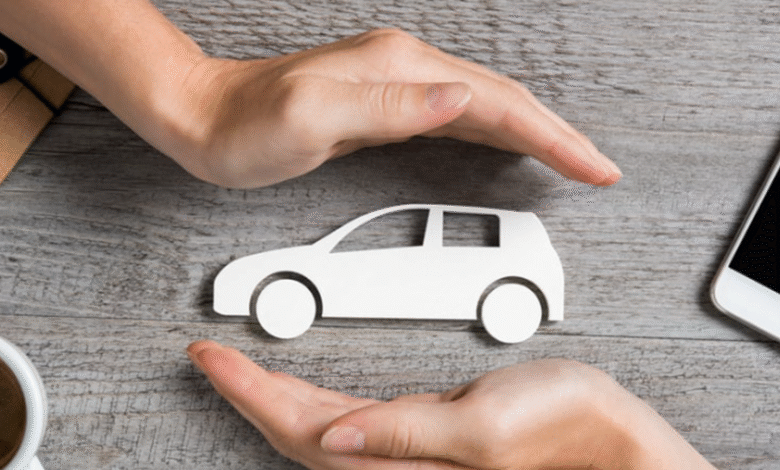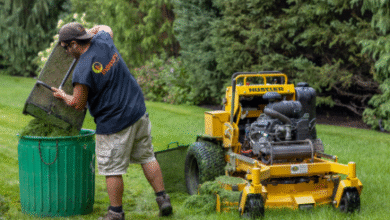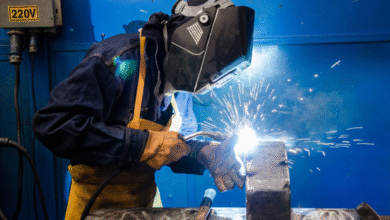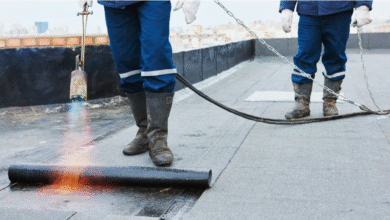The Role of Auto Insurance in Protecting Against Natural Disasters

Natural disasters can strike without warning, leaving vehicle owners facing significant financial losses from damaged or destroyed cars. From hurricanes and tornadoes to floods and wildfires, these catastrophic events pose serious risks to personal transportation assets that many people depend on daily. Understanding how auto insurance in Atlanta, GA, protects against damage from natural disasters helps drivers make informed coverage decisions before disaster strikes. Comprehensive coverage serves as the primary shield against weather-related vehicle damage, while additional protections can provide extra security during extreme weather events. Proper insurance planning ensures that natural disasters don’t create overwhelming financial burdens on top of the stress and disruption these events already cause.
Flood Damage and Vehicle Protection
Flood damage represents one of the most devastating natural disaster risks for vehicles. Water can destroy engines, transmissions, electrical systems, and interior components, often resulting in total vehicle loss even from relatively minor flooding. Comprehensive coverage typically includes flood damage protection, but policy terms and coverage limits significantly impact the actual protection provided. When considering what questions to ask when buying auto insurance, flood coverage specifics should rank among the top priorities for drivers in areas prone to flooding or severe weather.
Storm Damage Coverage and Protection
Severe storms create multiple types of vehicle damage through high winds, fallen debris, and flying objects that comprehensive coverage typically addresses. These storm-related risks affect vehicles regardless of whether they’re parked or being driven during weather events. Wind damage can include fallen tree limbs, roof debris, and other projectiles that cause significant body damage or window breakage. Understanding essential terms that every policyholder should know helps drivers navigate policy language and ensure adequate protection against storm-related risks.
See also: business financial planning insights
Hail Damage and Seasonal Risks
Hail represents one of the most common natural disaster risks for vehicles, particularly during spring and summer months. Comprehensive coverage typically includes hail damage protection, but coverage limits and deductibles affect out-of-pocket costs for repairs.
Wildfire and Smoke Damage Protection
Wildfires pose increasing risks to vehicles in many regions, creating both direct fire damage and indirect smoke damage that can affect vehicle interiors and mechanical systems. Comprehensive coverage usually includes fire damage protection, making it essential for drivers in wildfire-prone areas. Smoke damage can penetrate vehicle interiors and HVAC systems, creating persistent odors and health concerns that require professional remediation. Professional insurance coverage ensures that both direct fire damage and indirect smoke effects receive proper attention during claims processing.
Emergency Evacuation and Coverage Considerations
Wildfire evacuations can leave vehicles vulnerable to fire damage when owners must abandon them during emergencies. Comprehensive coverage protects against these scenarios, providing financial security when natural disasters force difficult evacuation decisions.
Professional Claims Assistance and Support
Natural disaster claims often involve complex damage assessment and repair coordination that benefits from professional insurance support. Experienced agents help policyholders navigate claims processes and ensure proper documentation of weather-related damage. Professional claims handling becomes particularly important when natural disasters cause widespread damage that overwhelms local repair facilities, resulting in extended repair timelines. Insurance professionals coordinate alternative transportation and expedite claims processing during these challenging situations.
Conclusion
Natural disasters pose significant risks to vehicles that comprehensive auto insurance coverage specifically addresses through protection against weather-related damage and total loss scenarios. Professional insurance guidance ensures that policyholders understand their coverage options and select appropriate protection levels for their specific geographic risks and financial situations. The investment in proper natural disaster coverage provides peace of mind and financial security when severe weather threatens personal transportation assets that many families depend on for daily activities and emergencies.





